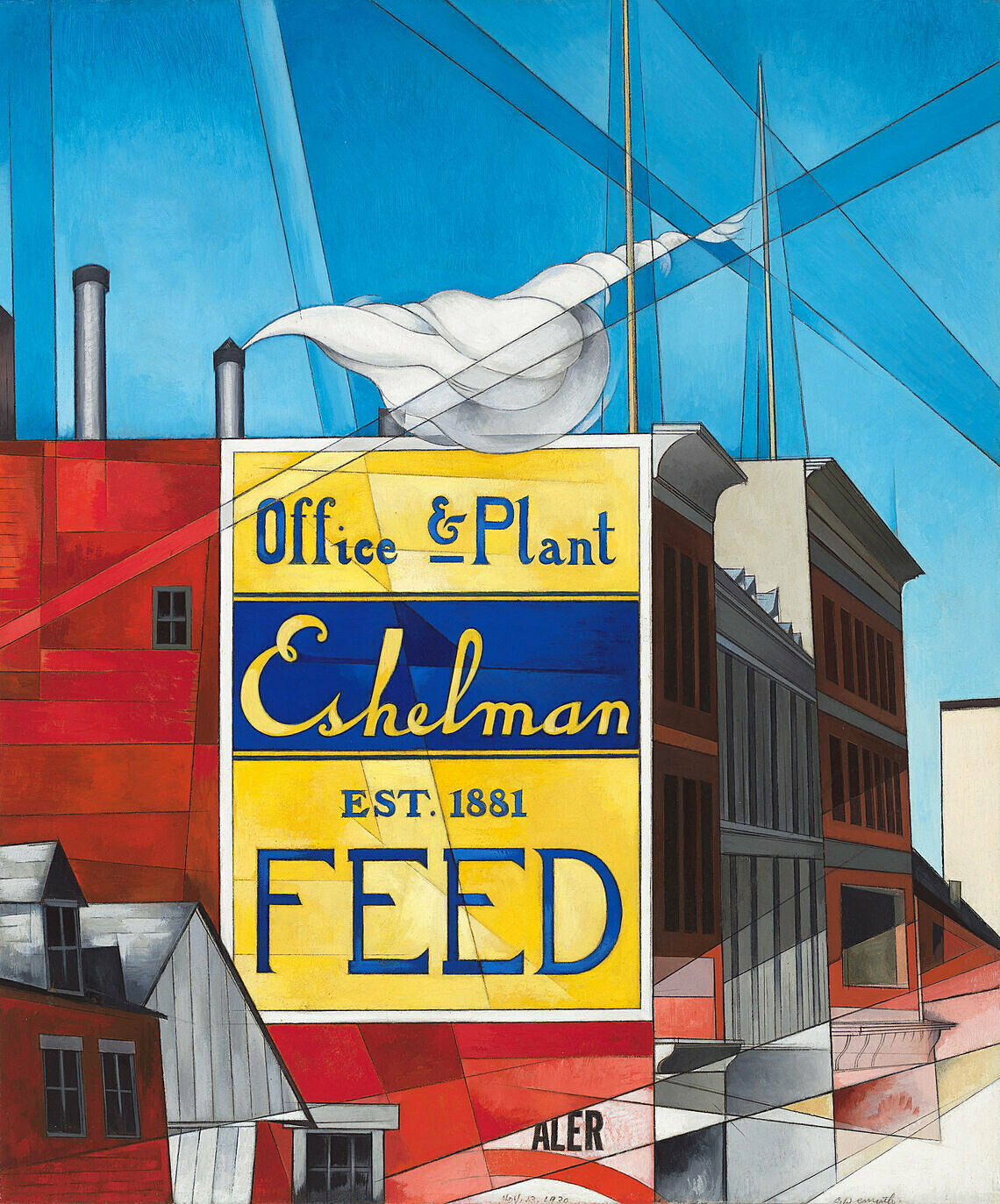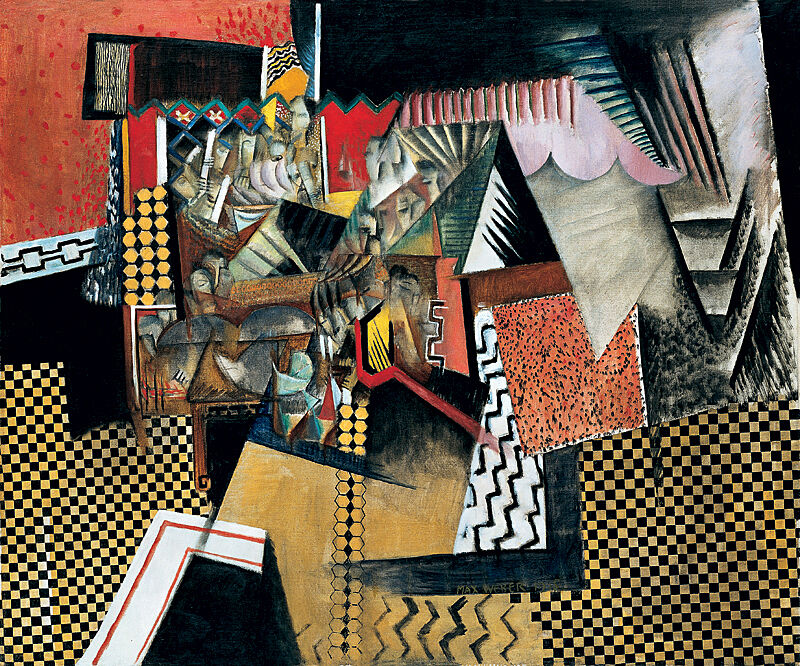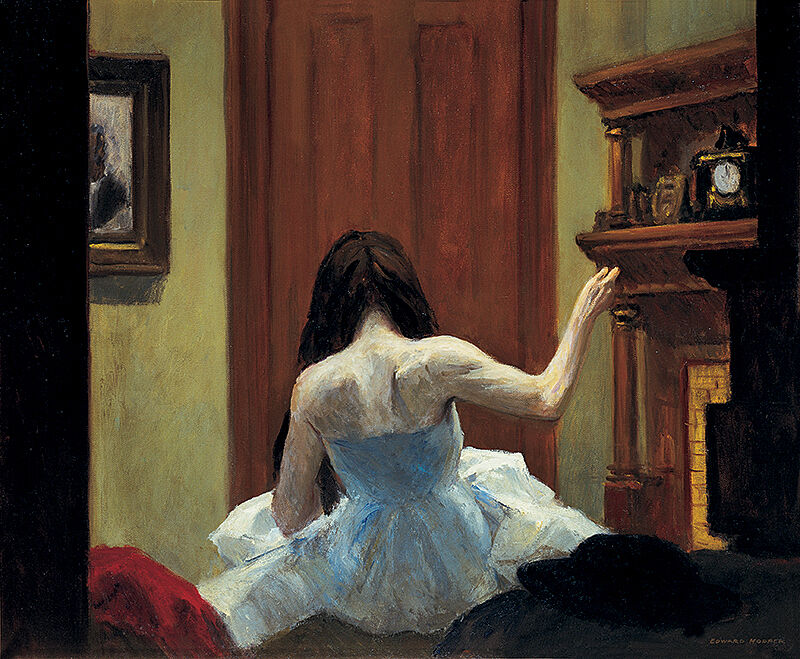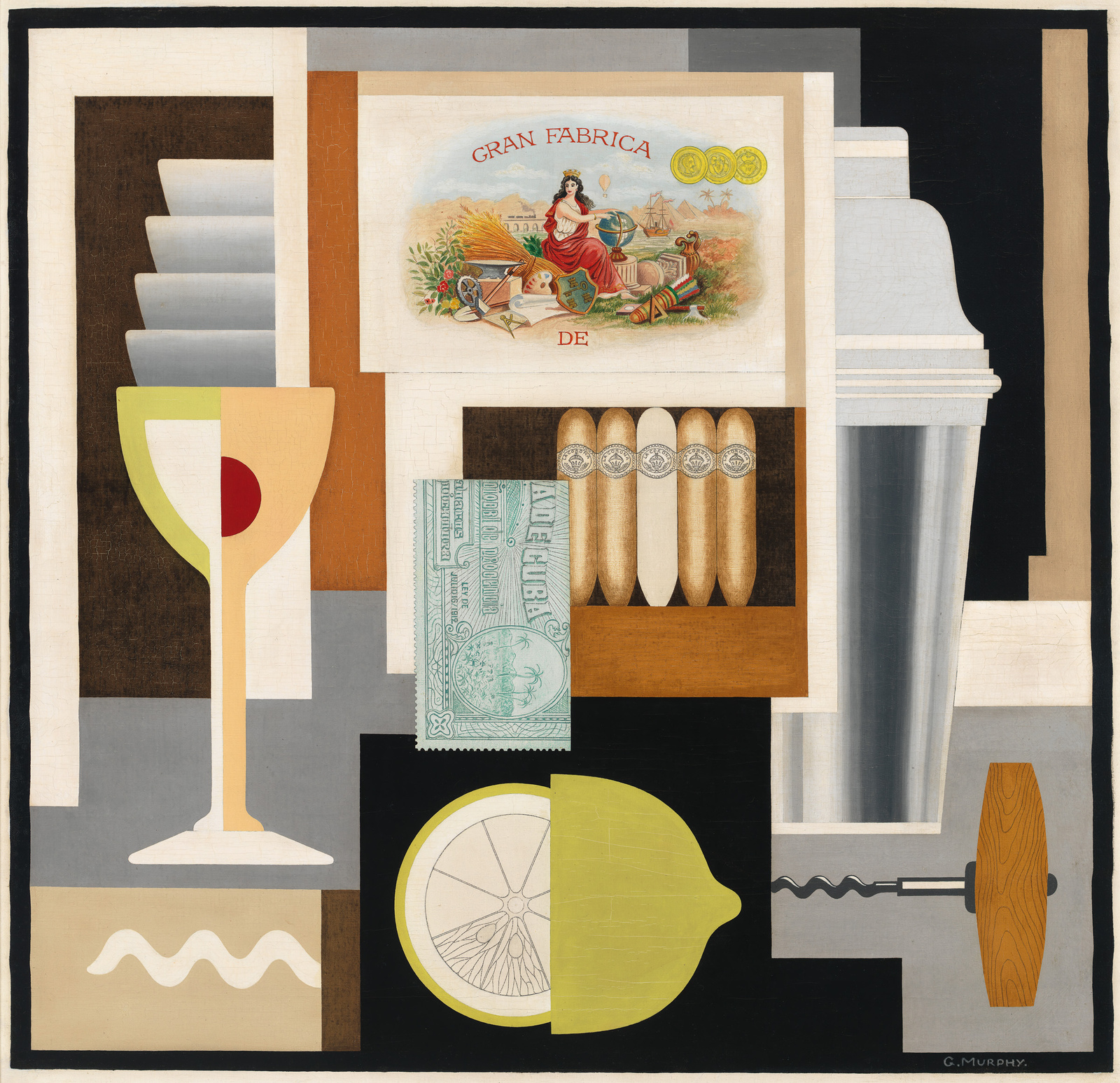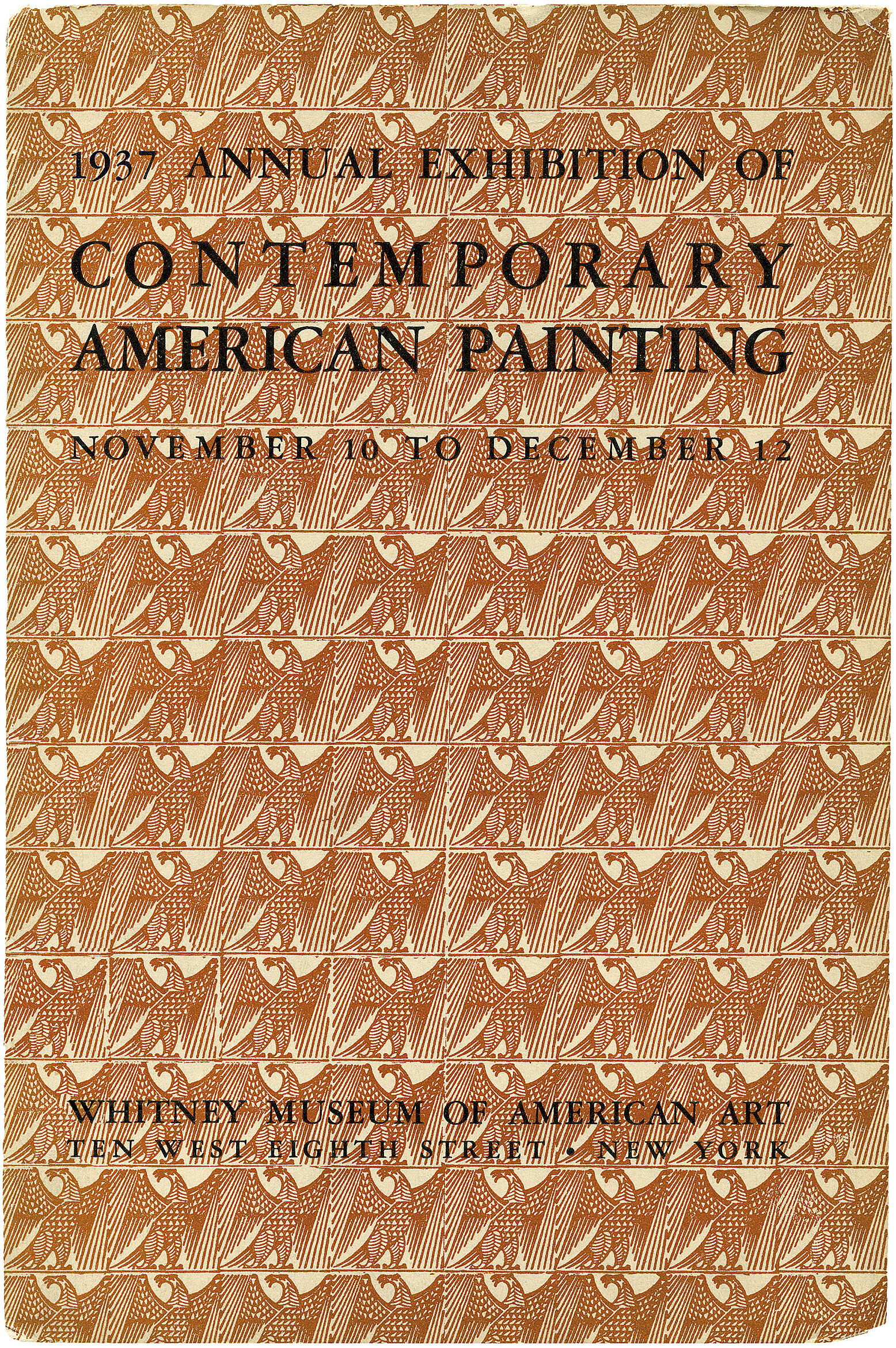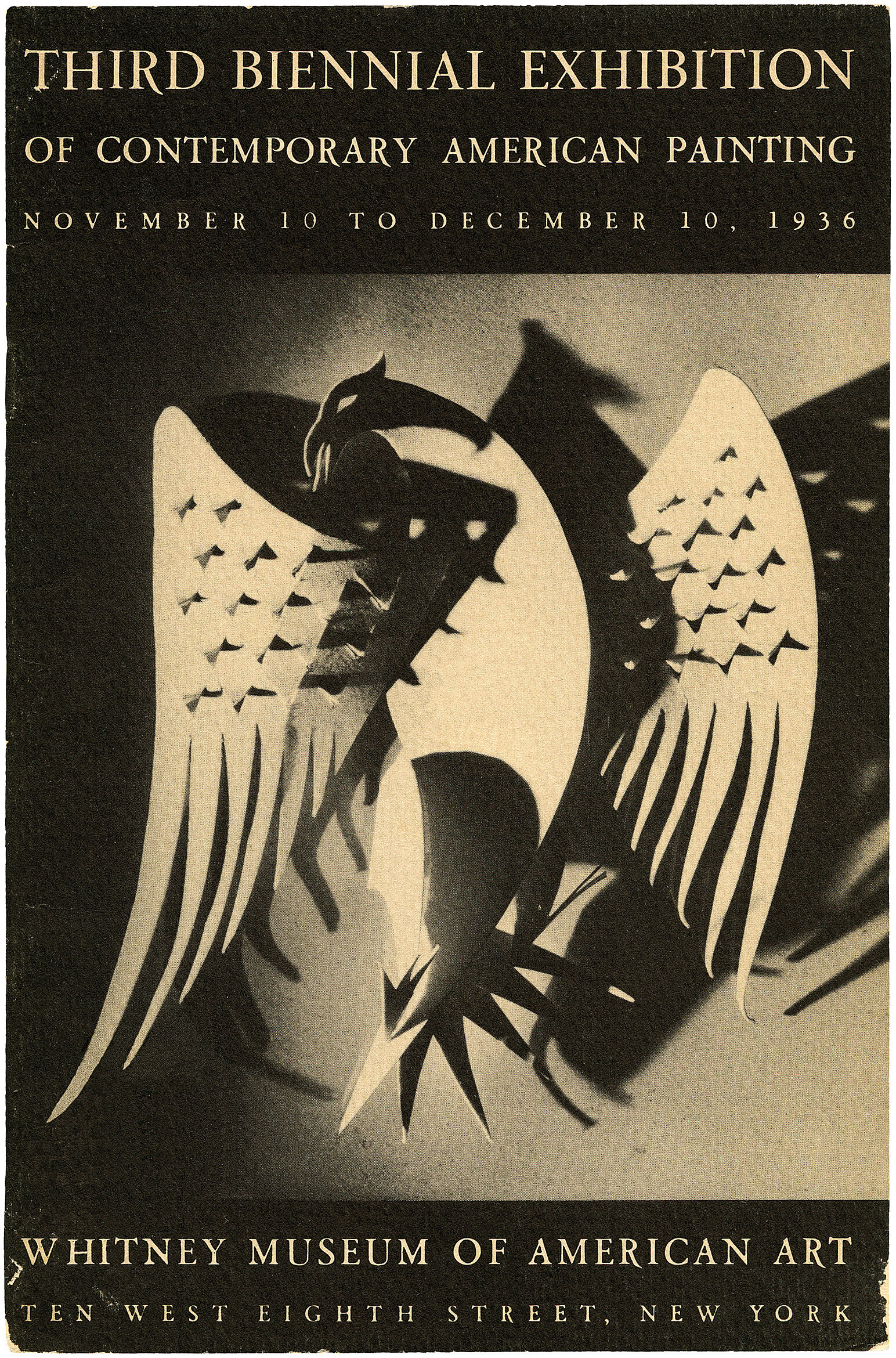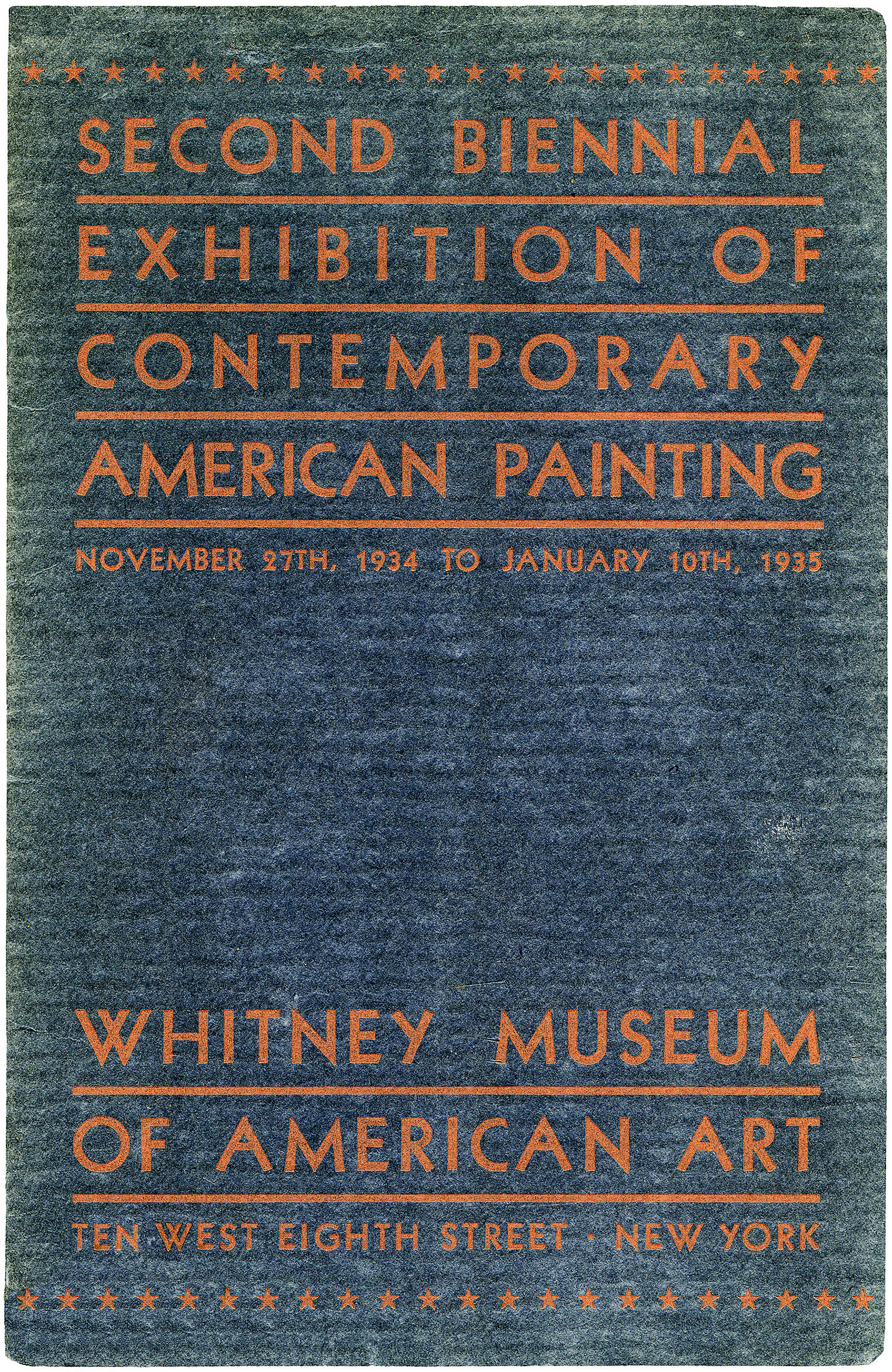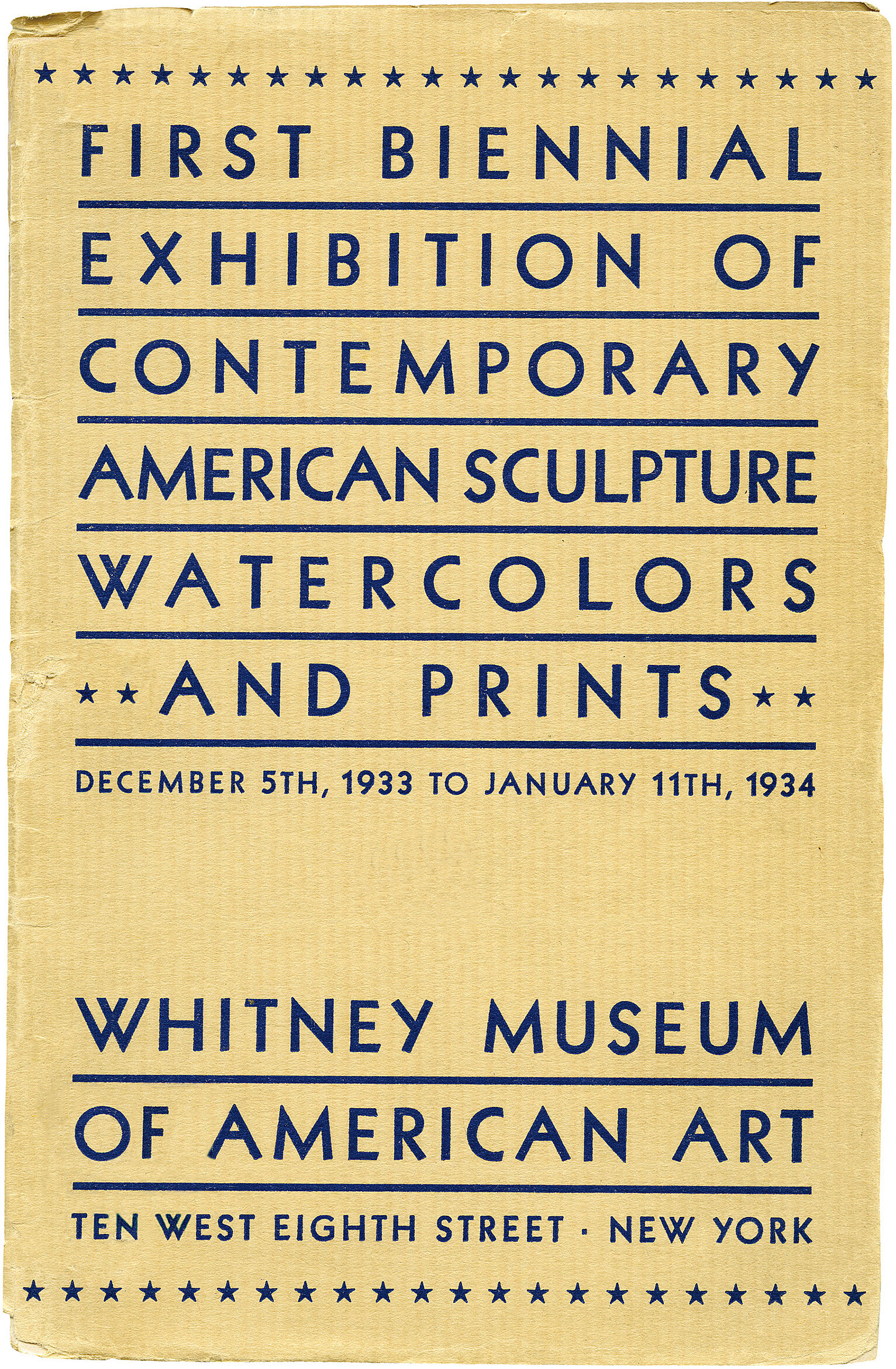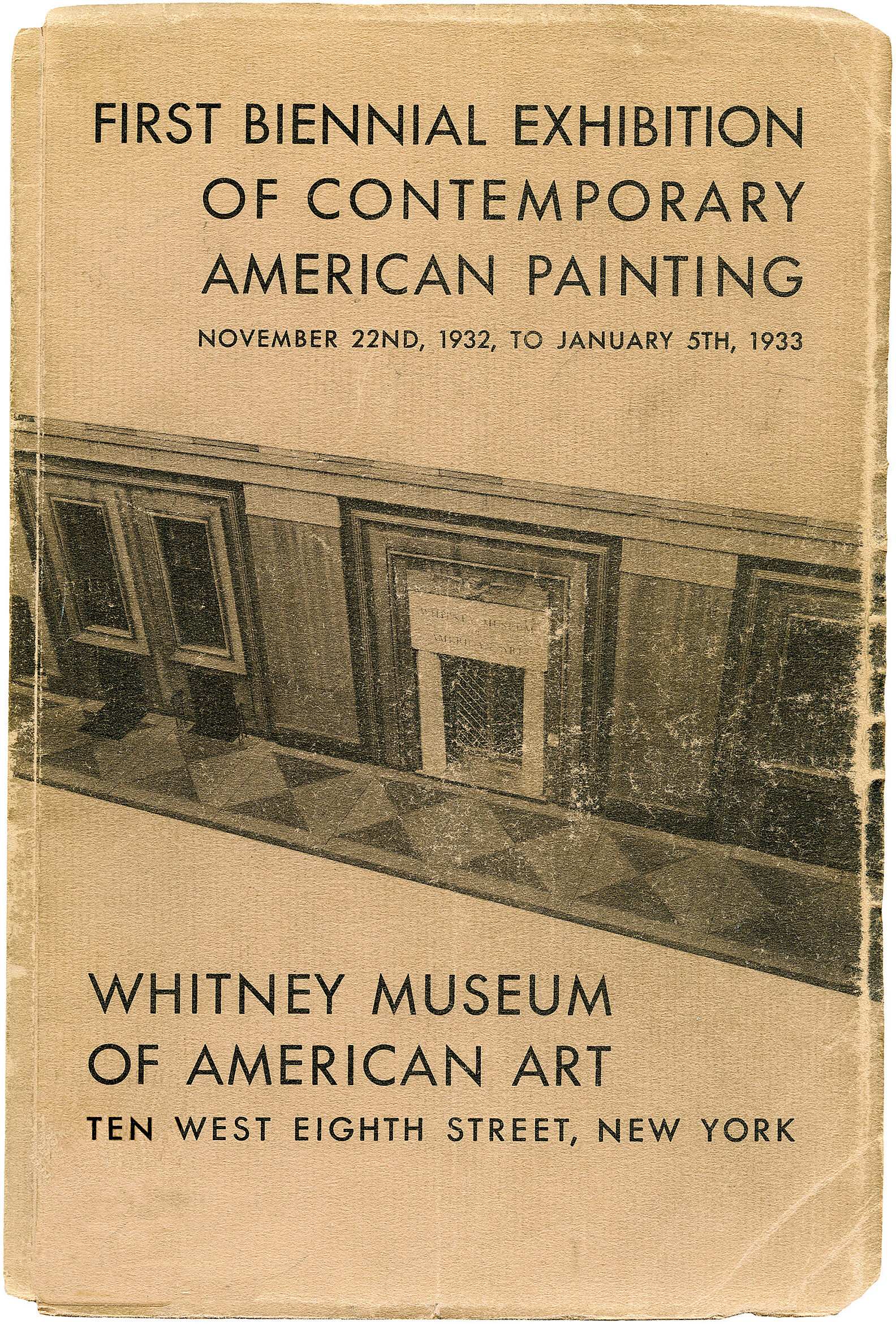William Glackens
1870–1938
Introduction
William James Glackens (March 13, 1870 – May 22, 1938) was an American realist painter and one of the founders of the Ashcan School, which rejected the formal boundaries of artistic beauty laid down by the conservative National Academy of Design. He is also known for his work in helping Albert C. Barnes to acquire the European paintings that form the nucleus of the famed Barnes Foundation in Philadelphia. His dark-hued, vibrantly painted street scenes and depictions of daily life in pre-WW I New York and Paris first established his reputation as a major artist. His later work was brighter in tone and showed the strong influence of Renoir. During much of his career as a painter, Glackens also worked as an illustrator for newspapers and magazines in Philadelphia and New York City.
Wikidata identifier
Q1339934
Information from Wikipedia, made available under the Creative Commons Attribution-ShareAlike License. Accessed October 28, 2024.
Introduction
Comment on works: Landscapes
Country of birth
United States
Roles
Artist, illustrator, landscapist, painter
ULAN identifier
500018884
Names
William James Glackens, Glackens, William Glackens, William J. Glackens
Information from the Getty Research Institute's Union List of Artist Names ® (ULAN), made available under the ODC Attribution License. Accessed October 28, 2024.

